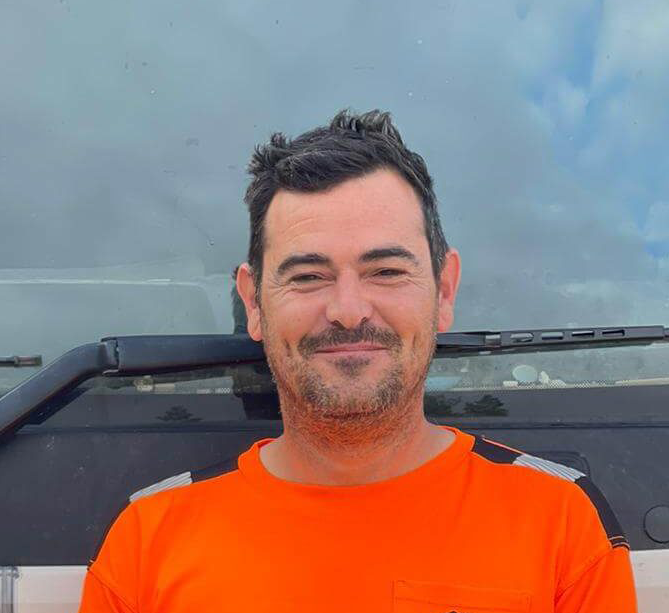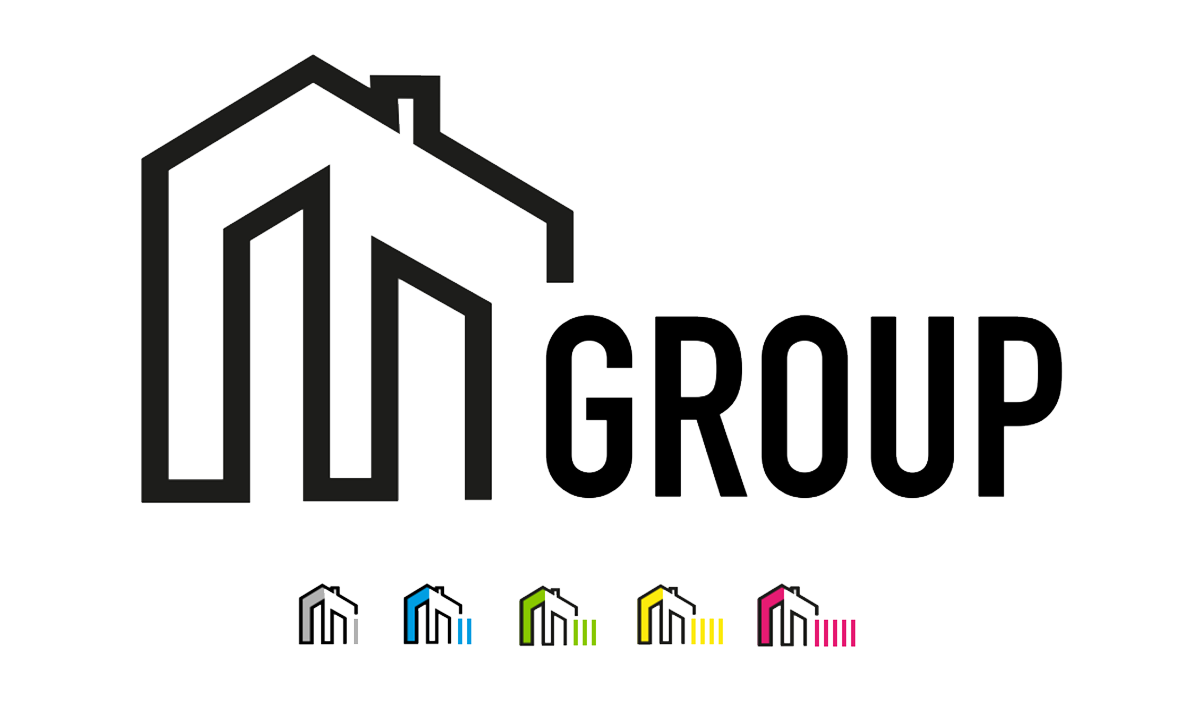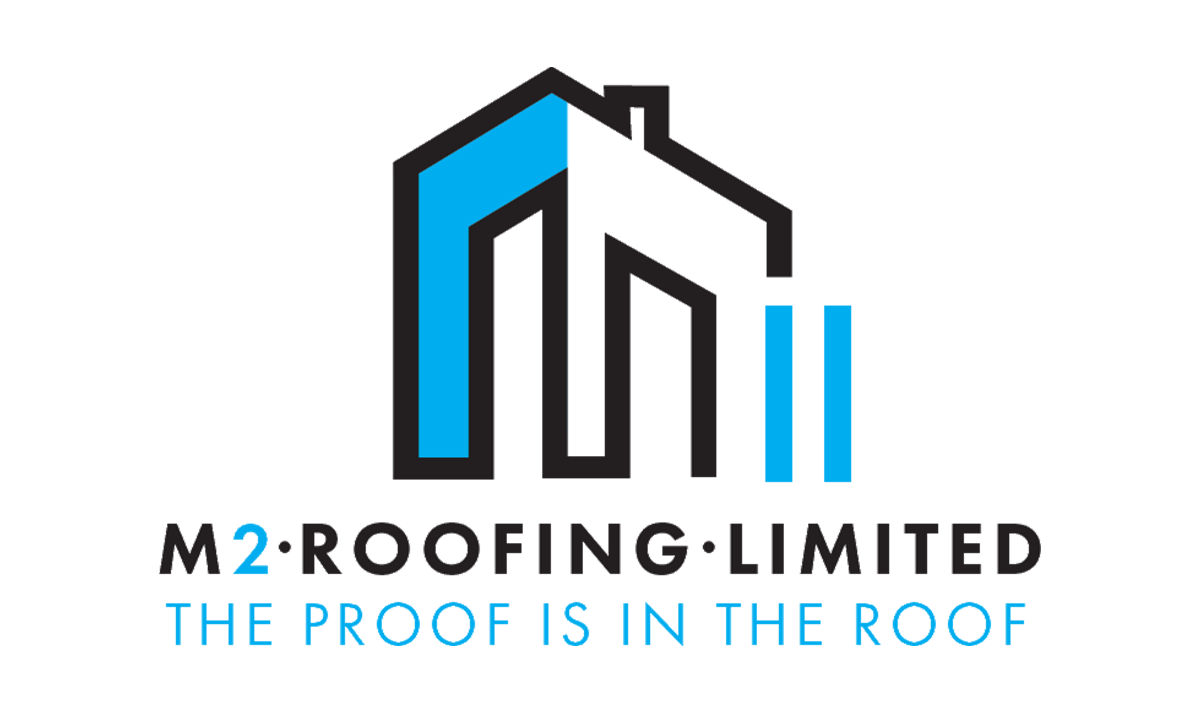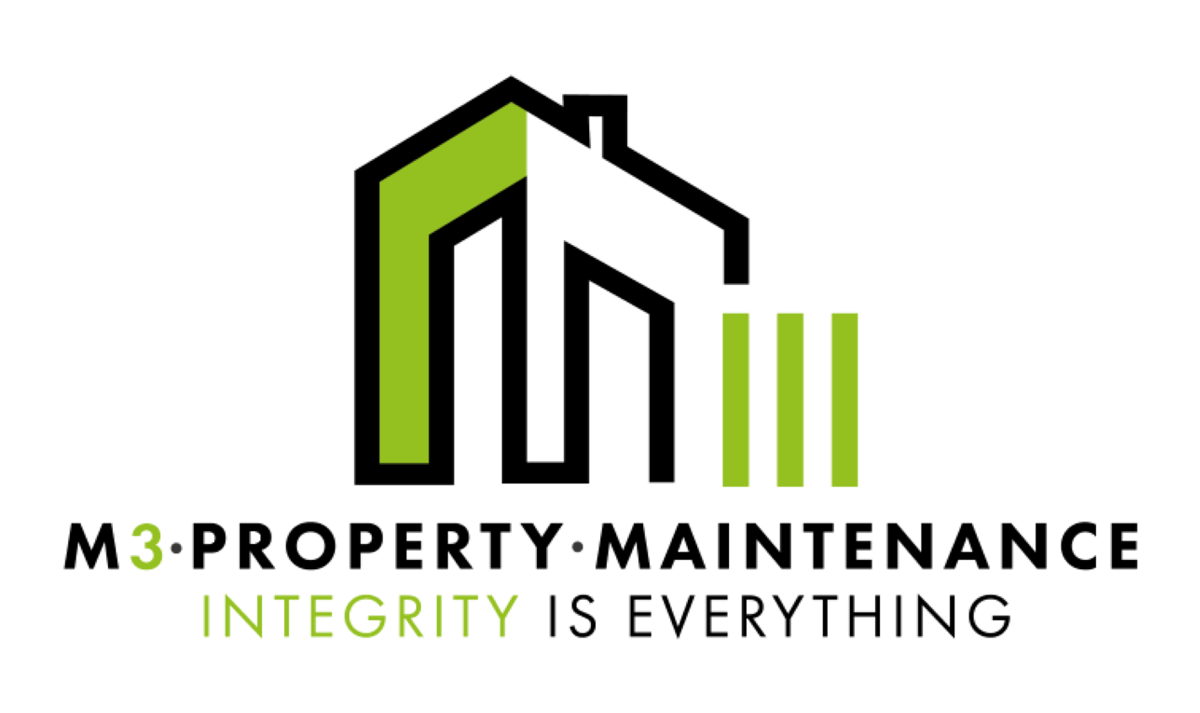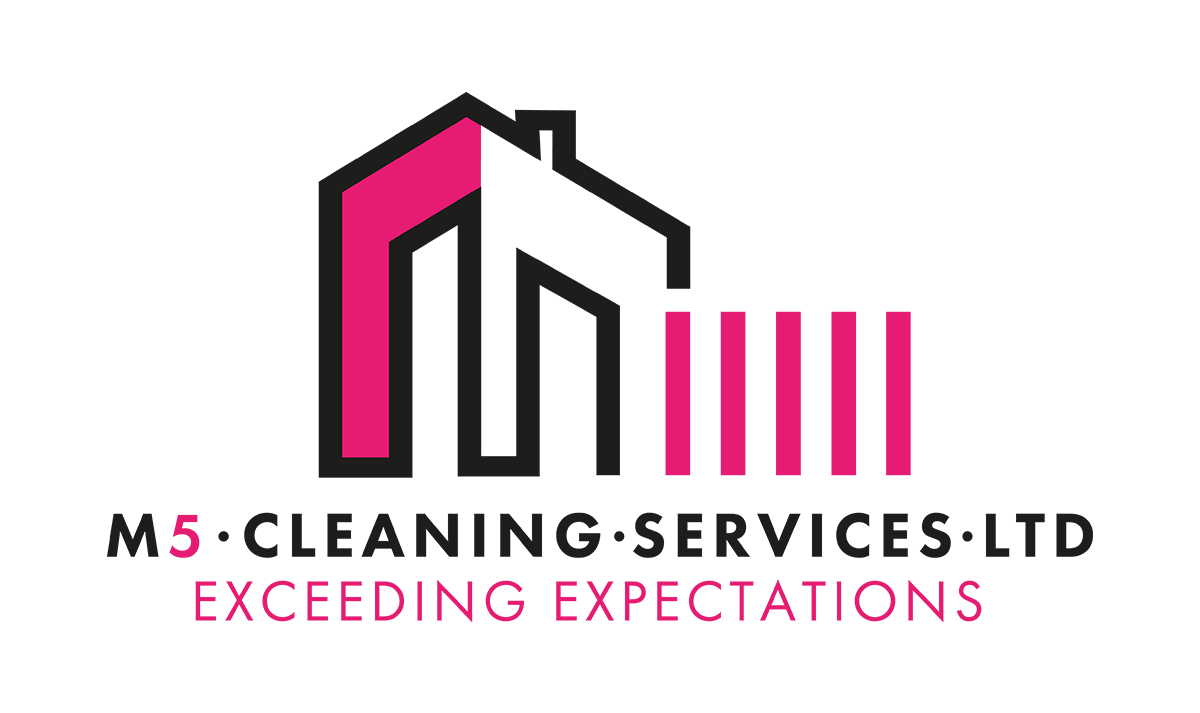What Are the Main Parts of Scaffolding?
Scaffolding is vital in construction as it allows construction workers and builders to get to locations that they otherwise wouldn’t be able to reach. It includes the temporary structures installed around the sides of buildings – around chimneys and more, and they provide platforms for them to do their jobs.
Although it is a general category, people often ask, “What are the main scaffolding components?” There are several different types of scaffolding, and each one involves different parts.
Take a look at the main parts of scaffolding.
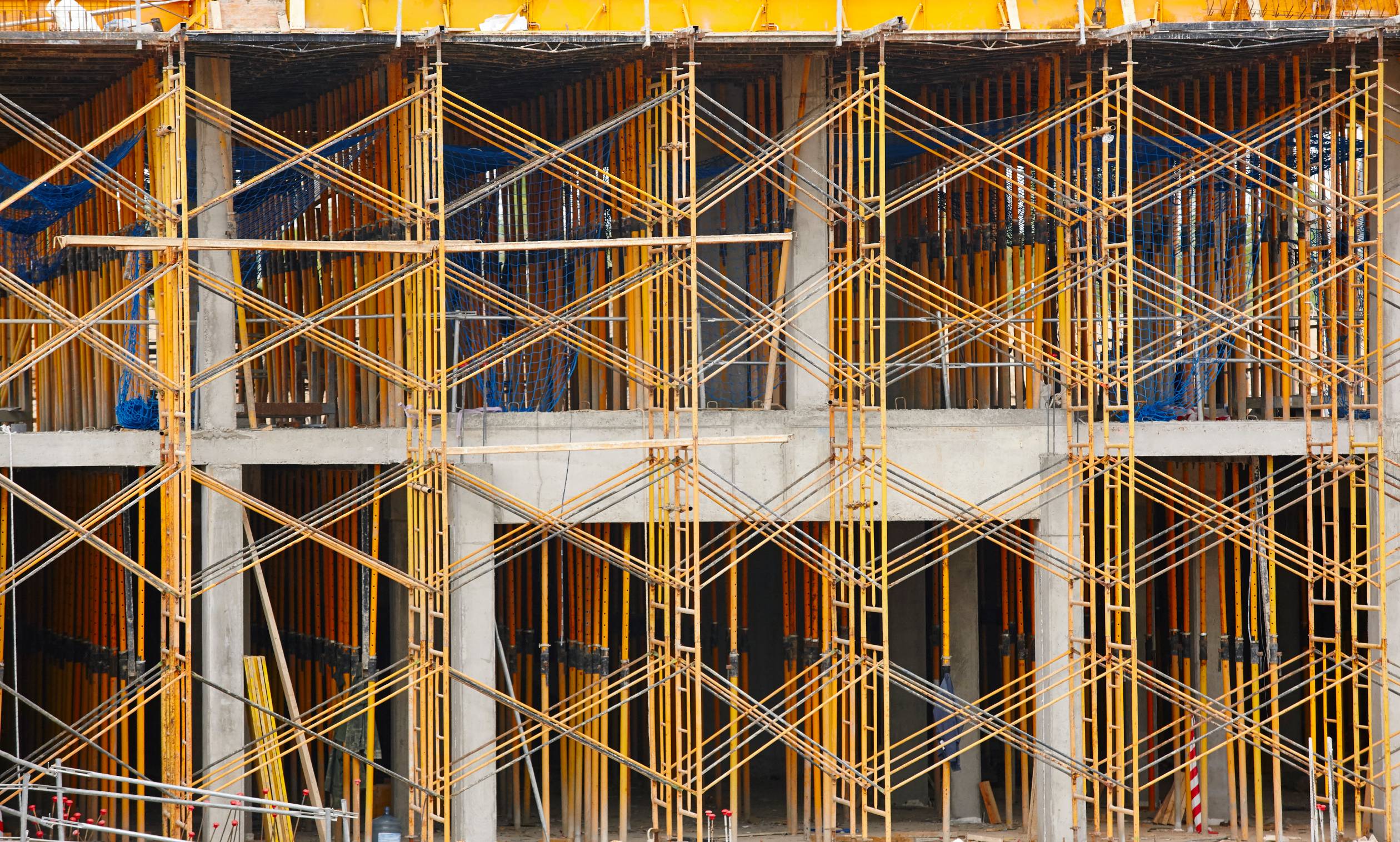
1. Scaffold Tube
The scaffold tube is the primary part of the scaffolding. It is contrived of galvanised steel and creates the framework and base for working platforms.
They are strong, durable, heavy-duty, and come in several sizes.
2. Standards
The standards are another part of scaffolding, and they are about seven metres long. They stand upright on a baseplate, vertically from the ground up.
The baseplate helps to spread the weight so that they are safe. When they set them up, they choose the spacing based on the type of job.
For example, on jobs where the scaffolding has to support a heavy load, the standards are closer together, while they are further apart for general works such as painting or decorating.
When scaffolds are taller than seven metres, the standards need to be connected by a joint pin that is a scaffolding part. It gets inserted into an inner tube and then locks them together.
When they want to make a scaffolding bay, they use two pairs of standards, with one close to the building and the other on the outside.
3. Ledgers
Ledgers run horizontally between the standards and provide weight distribution to help support the structure. They are longer-length tubes, and each bay is fixed with them at the front and back of the framework.
Where the ledger is placed specifies the height of the working platform. They exclude the first row of ledgers nearer to the ground, called the kicker lift.
4. Transoms
Transoms are another part of scaffolding, and they are fixed along the bays on top of the ledger. They run at a right angle from the back to the front.
This area identifies the bay width, and the main transom supports the standards because it holds them in place while giving the boards support at the same time.
There are also intermediate transoms, which provide additional support for the boards. They are usually spaced 1.2 metres throughout the bay at the most.
5. Braces
Another part is scaffolding braces. They can be positioned in several different ways.
Cross or transverse braces are run diagonally, between the inside ledger, and are attached to the outside standards – using a swivel coupler, boosting the firmness of the framework.
Sometimes they are fixed to each other, ledger to ledger. They are placed on the lifts above the base out, and the brace is added to every other bay or it can be added to every other set of standards.
The other types are facade or sway braces. They are used to prevent the framework from swaying or moving, and they are attached to the structure along the front face.
They move along the frame diagonally, and they need to be fixed securely on each platform. They usually install braces every fourth bay and on the first and last ones, and there are never more than three bays between them.
6. Coupler, Clamps, and Fittings
The scaffold fittings connect the tubes in the scaffolding together, and there are several different types. They have right angle couplers that connect the standards, ledgers, and transoms.
You can use either a single or double coupler to connect them. When you are connecting bracing, you use a swivel and double couplers. You will never use single couplers for this connection.
Single couplers are typically used when you need to secure transoms to ledgers because these are not load-bearing fittings. You tighten the couplers with a scaffolding spanner or an impact wrench.
7. Ties
Another part of scaffolding is the ties. They are used to fix the scaffold framework to the buildings when they are needed.
There are different kinds of ties, including through ties and box ties. Through ties secure scaffolding to the windows of the building, while box ties secure it to another external part, such as the pillars.
8. Boards
The boards make up the secure platforms and can be located on top of the scaffold tube. They create bays where workers stand.
The boards are typically made with European whitewood, and they come in different lengths. They have metal bands on each end to prevent splitting.
These platform areas are usually three or four boards wide, and there is a maximum gap of 2.5 centimetres between them. They are attached to the structure with board retaining clips, which keep them in place.
9. Guardrails
An important safety measure for platforms is the guardrails. They are installed on every working lift, and they are just over one metre tall.
Guardrails are tied into the standards at the joints with double couplers. If there isn’t an access point from the building, there will also be a safety ladder with gates where workers can access the platforms.
10. Other Parts
There are a few other materials that can be used in scaffolding, including the following:
- Foam: attached to the standard to prevent injury to pedestrians
- Scaffold lighting: lights fixed to scaffold for night
- Hazard warning tape: red and white to let people know that it is there
- End caps: placed on the end of each tube to reduce damage to property
- Debris netting: reduces noise and prevents dust and debris from entering a public area
- Rubbish chutes: chutes attached to take materials directly to the skip
Final Words
There are many parts that makeup scaffolding so that it is a safe and reliable system of platforms. Each component has a specific purpose, and they are critical to ensuring safety.
